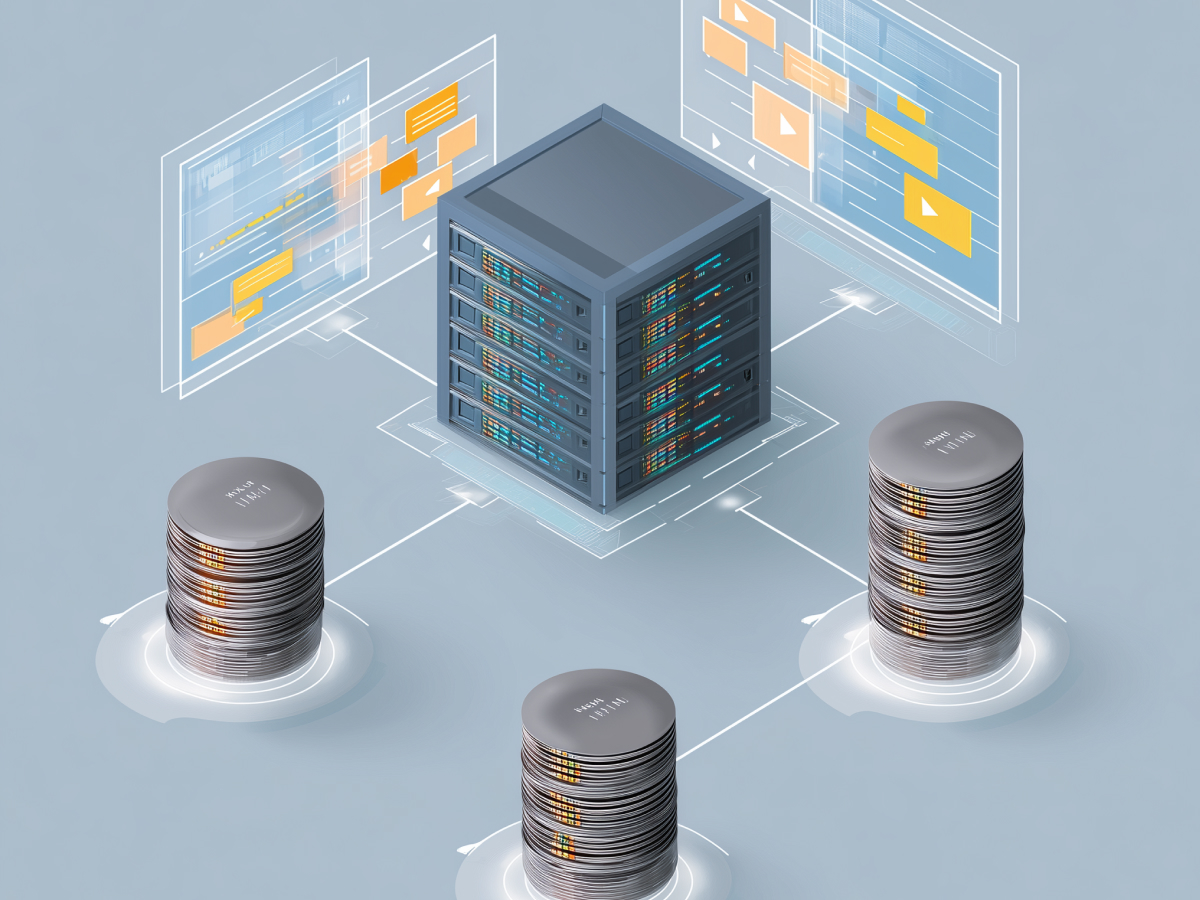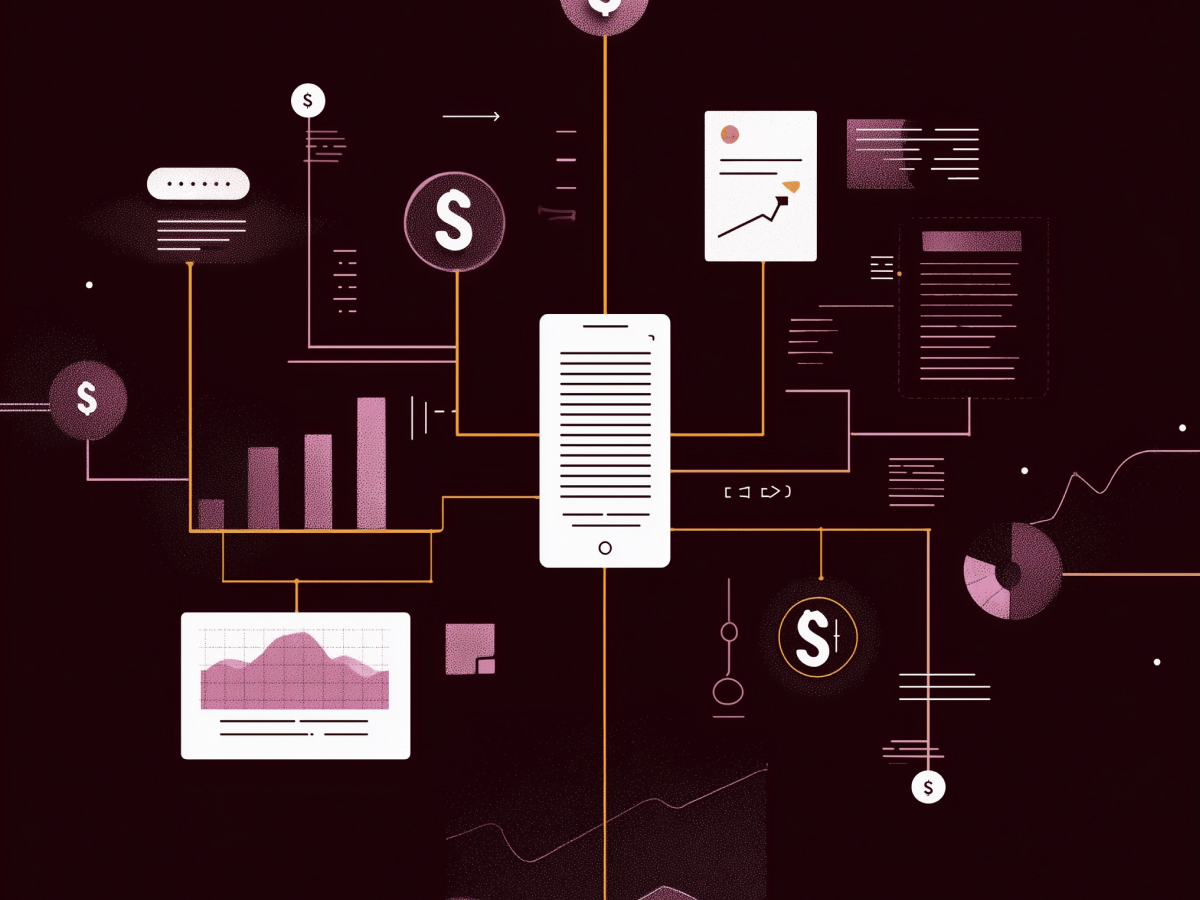Enterprises prioritize large-scale transformation driven by GenAI
Generative AI technologies have caused a shift in how we think about solving problems and driving innovation. Enterprises are stepping up to prioritize large-scale transformations because they realize the game has changed. The focus is no longer on tweaking around the edges, but rather on reinvention.
Generative AI, which creates content like text, images, or even code by learning from data, is a key driver of this change. Companies are modernizing IT systems and building advanced data infrastructures to unlock its potential. This isn’t a small investment. For example, Accenture reported $1.2 billion in generative AI-related business in just one quarter, which tells you where the momentum is heading.
Now, this transformation isn’t without challenges. Workforce training, ethical concerns, and high upfront costs can make the journey complex. The payoff can be massive though. The focus on reinvention means businesses are adopting AI and are rethinking how they operate entirely.
IT investments balance scaling AI with cost efficiency
Scaling AI while keeping costs under control is a tricky balancing act, but it’s one that smart businesses are mastering. Cost efficiency doesn’t mean cutting corners, but does mean getting more value from every dollar spent. Enterprises are redirecting their IT budgets to prioritize AI investments, but they’re not just throwing money around. They’re optimizing existing systems, automating repetitive tasks, and finding ways to streamline operations to free up resources for AI innovation.
Accenture saw this shift coming. When smaller deals became less of a focus, they pivoted toward larger, transformative partnerships. These so-called “reinvention partnerships” allow companies to tackle big, meaningful projects rather than piecemeal solutions. The market is cautious but forward-thinking.
“According to ISG, AI spending will grow 5.7% next year, even as overall IT budgets remain tight. That’s a clear signal: companies are willing to invest where it counts, but they’re doing it with discipline.”
Cloud and data modernization as foundations for AI adoption
Here’s the thing about AI: it’s only as good as the foundation you build for it. That’s why cloud computing and data modernization are non-negotiable for businesses looking to scale AI. The cloud offers on-demand computing power, which is perfect for AI workloads that need to process massive amounts of data. Data modernization (upgrading old systems to make them faster, more flexible, and better integrated) is the other piece of the puzzle. Together, these technologies provide the infrastructure AI needs to thrive.
Accenture gets this. They’ve partnered with hyperscalers like Google Cloud, AWS, and Anthropic to create scalable, cloud-based solutions. These alliances are focused on giving businesses the tools to unlock the real value of AI. But don’t ignore the challenges. Migrating to the cloud, managing data security, and avoiding vendor lock-in are significant hurdles. Still, the companies that tackle these challenges head-on are the ones that will come out ahead in an AI-first world.
Cost efficiency and growth as twin priorities for AI adoption
Every executive wants two things: save money and grow the business. Generative AI makes both possible, but it takes a strategic approach. AI can reduce costs by automating repetitive tasks, optimizing supply chains, and providing better data for decision-making. At the same time, it opens up new revenue streams by boosting productivity and driving innovation. It’s a rare tool that delivers on both fronts.
Accenture’s CEO, Julie Sweet, summed it up well: cost efficiency and growth are the two big themes across every industry. But balancing these priorities isn’t always easy. Cut costs too aggressively, and you risk stifling innovation. Focus too much on growth, and you might overextend. The key is to find a balance, leveraging AI to deliver short-term savings without losing sight of long-term potential. It’s a careful dance, but one that businesses can master with the right mindset and tools.
Key takeaways for decision-makers
- Generative AI is a catalyst for reinvention: Enterprises are embracing generative AI to drive large-scale transformations, focusing on reinventing operations rather than incremental improvements. Leaders should invest in AI-powered innovation to remain competitive.
- Balance cost efficiency with growth: Organizations are redirecting IT budgets to optimize existing systems and fund scalable AI initiatives. Decision-makers should prioritize AI investments that deliver immediate cost savings while fostering long-term growth.
- Cloud and data modernization as strategic foundations: Cloud platforms and data modernization are essential to scaling AI capabilities. Leaders should prioritize partnerships with cloud providers and invest in infrastructure upgrades to unlock AI’s full potential.
- Partnerships drive innovation: Accenture’s alliances with hyperscalers like Google Cloud and AWS highlight the importance of collaborative ecosystems in enabling enterprise transformation. Executives should explore strategic partnerships to accelerate modernization.
- Cautious growth in IT spending: While AI investments are projected to rise by 5.7% in 2025, overall IT budgets remain tight. Leaders should focus on high-impact projects that align with strategic priorities, ensuring resources are optimized for maximum ROI.




